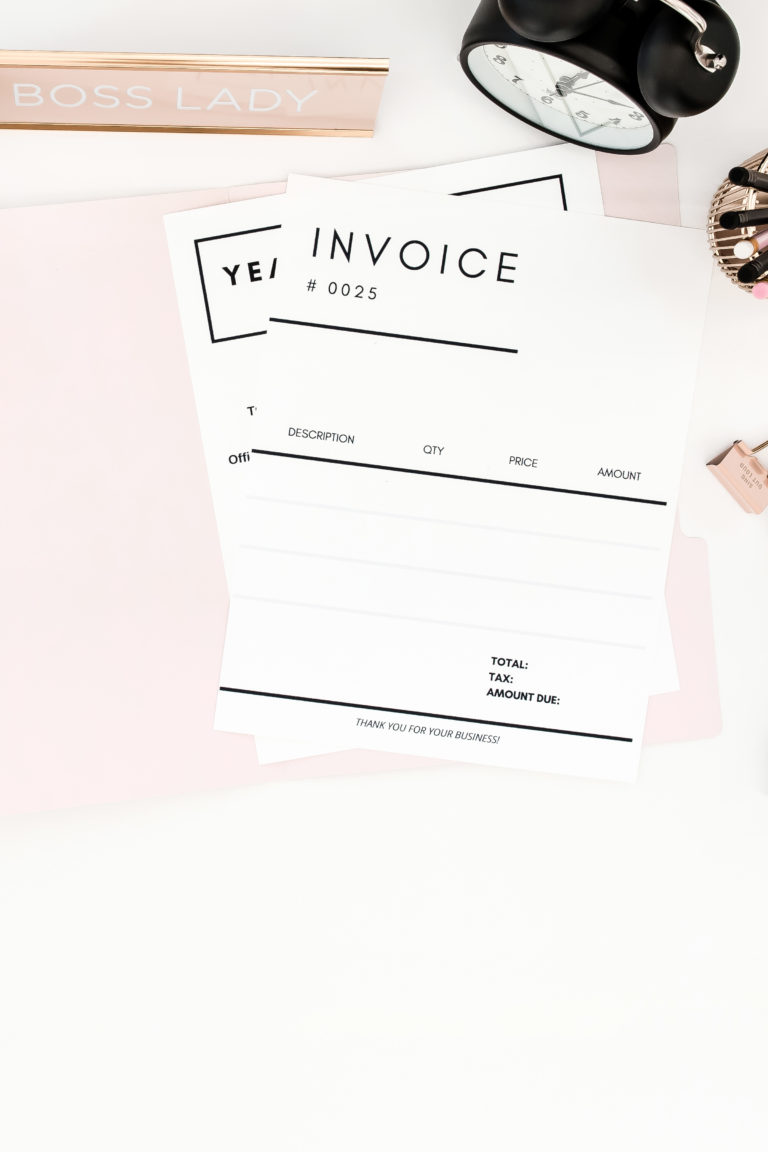Gross Profit vs Net Profit
It’s that wonderful time of year when small business owners flock to Google looking for answers about EOFY, bookkeeping terms and Xero help. If you aren’t working with a bookkeeper yet and you’re trying to work out what your accountant needs from you to lodge your tax, let me start with the big one: Gross Profit vs Net Profit.
Yes, it seems simple but a lot of small business owners get stuck along the way. Don’t worry, I’m going to step it out for you below in a simplified version.
The simple version is:
Business Revenue – Cost Of Goods Sold = Gross Profit
Gross Profit – Operating Expenses = Net Profit*
*this is known by us number nerds as EBITDA (Earnings before Interest, Taxes, Depreciation & Amortization) if you like the technical nitty-gritty, but you can ignore this nerdy technical jargon.
Revenue – Cost of Goods – Operating Expenses – Taxes = Net Profit after tax
As you can see there are quite a few different Profit’s so it is important to know what each one actually is! Let’s dive in with some easy examples to show you.
If you’re registered for GST, none of these figures includes GST, as that needs to be excluded from your calculations. Your accounting hero Xero (and the others) will do this for you.

Cost Of Goods Sold (COGS)
The cost of goods sold refers to expenses directly relating to what you’re selling:
- Materials: items you buy and sell or items you purchase to form part of what you sell.
- Labour: the cost of labour as it refers to producing the product you sell.
- manufacturing, freight in and out, packaging, you get the idea.
It gets sticky because the COGS only refers to stock you have sold. So if 50% of your stock is still sitting on your shelves, you can’t apply this to the leftover stock. That’s why your bookkeeper or tax agent want to know how much stock you have left on the shelf at the end of each financial year!
A quick example (to make it clearer): Marissa sells homewares that she purchases from India.
Cost of Goods Sold
Marissa has sold 80% of her stock so her COGS for the year would total $18,900
$16,000 (80% of the $20k in materials) + $2,500 (shipping) + $1,000 postage + $300 packaging with that 20% difference then going to Inventory – which is shown separately and is an asset your business owns – stock not yet sold. Your bookkeeper or accountant will look after this stock on hand for you. Or if you have your sales software fully integrated, it might already be automated for you.

Gross Profit
Gross profit is your total business revenue (or sales) minus the cost of goods sold (COGS). Your income should be totalled and include all income from internet sales, services and foreign income – all your income streams. This doesn’t include the GST.
For example: In FY 21/22 Marissas’s total business revenue (sales) was $81,232
Operating Expenses
This refers to all the other costs associated with running your business that hasn’t yet been accounted for.
For example:
For example: Marissa’s operating expenses in FY 21/22 totalled $21,332.

Net Profit (EBITDA)
Net Profit refers to the amount of money your business has left after deducting ALL your normal expenses. As you can see, you can’t work out the Net Profit without first calculating the Cost Of Goods Sold and Operating Expenses.
And now, we’re finally ready to work out Marissa’s net profit! Which is the main one you will look at and want to know!
Marissas’s operating expenses in FY 21/22 totalled $21,332.
Remembering EBITDA is tech jargon for number nerds and means we haven’t yet taken out your interest, taxes, depreciation or amortisation. You don’t even need to worry about this it is all managed by your trusty professional.
Net Profit after Tax
And this one is pretty straight forward it’s after the ATO has taken their piece of the pie.
Marissa’s tax bill in FY 21/22 totalled $11,000
we can help!
Of course, the more complex your business becomes, the more complex your figures will be. A good bookkeeper can provide advice and support customised to your needs. Particularly where the tax, depreciation etc come in you also need a fab Tax Agent on board to keep you in the loop.
If you’d like to chat about your business and how the team at Accounted For You can make your money work better, we’d love to chat! Book a call and let’s get you sorted for a smoother ride.
In the meantime, you might find these articles useful:
Yours in numbers,
Lisa x







